A cure for a pandemic of black boxes
The power and the responsibility to cure the disengagement of online classes rests with those students who can choose to turn their cameras on
With apologies to Ezra Pound, this all-too-common Zoom moment evokes an adaptation of his classic 1913 modernist poem, “In a Station of the Metro,” “The apparition of this lonely face stands out against a crowd of cold petals on a wet, black bough.”
About once an hour, I feel my eyes roll to the back of my head.
In the span of 10 months, I have gone from seeing more than a hundred human faces a day to staring at a grid of black boxes for six hours. It’s mind-numbing.
This daily disengagement is not for lack of my teachers’ trying. The creative endeavors of Mac teachers during remote learning have been applause-worthy. I’ve had a teacher use sock puppets to explain prejudice. Another shot a “how to make a cake” video in French. I’ve even had a teacher give us tarot card readings via Zoom. It’s all beyond impressive.
The numbness of my mind is not the result of a lack of interest either. I actually really find derivatives interesting. My newspaper class is a never-ending cycle of making puns for headlines. School is (wait for it) fun.
Turning on your camera is an act of being present. It’s a way you can stop the four brief years of high school from slipping between your fingers.
So if my “lack of focus” isn’t because of my teachers or because of the actual material, why do I constantly find myself staring into space for five-minute intervals? I blame it on the pandemic of black boxes.
At least once a day, I hear my teachers plead with their students to turn on their cameras. And I get it. Teaching an hour-long lesson to a sea of black boxes seems impossible. Teachers rely on their students’ faces to control the pacing of their lessons and to gauge how well students are grasping a concept. Is it really preaching if you can’t see the choir? I don’t know.
I also think students benefit from turning their cameras on. A good friend of mine recently wrote a column about how we students need to stop pitying ourselves and consider other people. Turning on your camera is an act of being present. It’s a way you can stop the four brief years of high school from slipping between your fingers.
Teachers or the district should not require students to turn on their camera. We shouldn’t single out the students who need to have their cameras off.
Here’s the thing: getting students to turn on their cameras is not something that can or should be fixed by school or district policy. There are students who need to have their cameras off because of legitimate connectivity or device issues. There are students who have ZOOM fatigue (which is a very, very real thing). These students should not be shamed in any way, shape or form. Any policy from the school or AISD requiring students to turn on their cameras would, without a doubt, have classist implications. Teachers or the district should not require students to turn on their camera. We shouldn’t single out the students who need to have their cameras off. Black boxes should not become the new red flag.
Look, I’m not here to talk down to anyone. If you don’t want (note: want) to turn on your camera, I won’t say anything. It’s not the end of the world. I’m just curious as to why we are in this predicament of black boxes. Is it because when nobody has their camera on, students are afraid to be the first one to take a step forward? Are we all scared to illuminate ourselves in a sea of darkness?
I mean, I know I am. There are times when I’m the only one with my camera on in my class and despite the collected expression on my face, I am freaking out on the inside. So why do I keep doing it? Jewish guilt. Also my mom inflicted-guilt. But also, sometimes, more students begin to follow suit. And then it’s all worth it. Seeing someone’s face while they laugh at a joke or talking to people face-to-face in breakout rooms—it almost, just almost feels, like I’m back at real school.
The way to navigate this sea of black boxes and lack of connection, lies completely in the hands of students—not the schools, not the district.
So here’s my plea: If you can, I dare you to take the dive. Try it for a week and see how it feels. Nobody is expecting perfection or a 100 percent participation rate. There are days when I am in a foul mood (my mother can vouch), and I lie in my bed the entire class behind my black screen. That’s life.
But the way to navigate this sea of black boxes and lack of connection lies completely in the hands of students—not the schools, not the district. We all have the power to stand with our teachers, the power to not let the sands of time slip through our fingers any longer. Show up and be seen.
Because I can promise you: your hair doesn’t look as bad as you think it does.



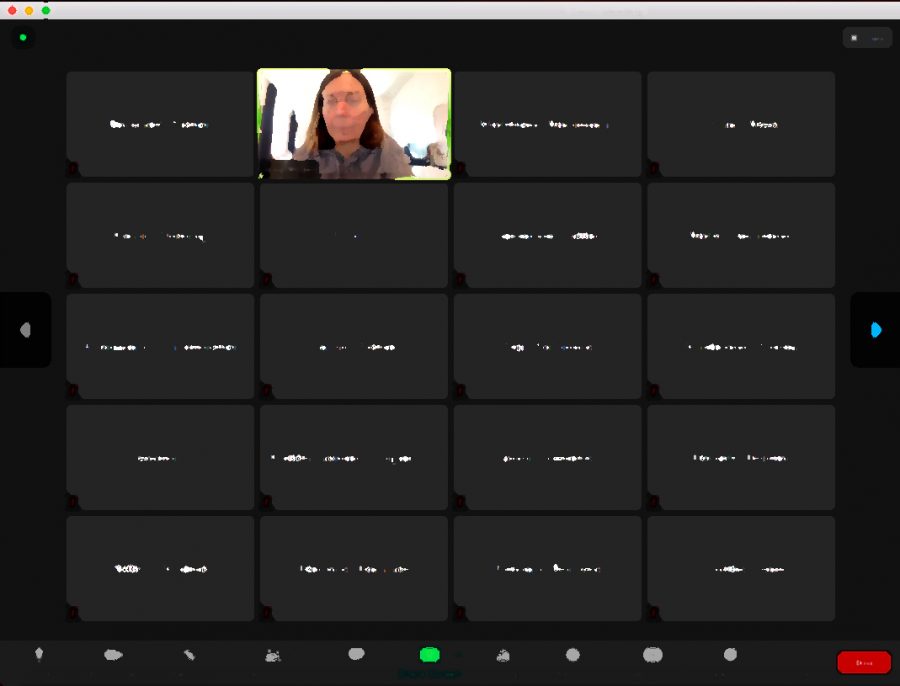
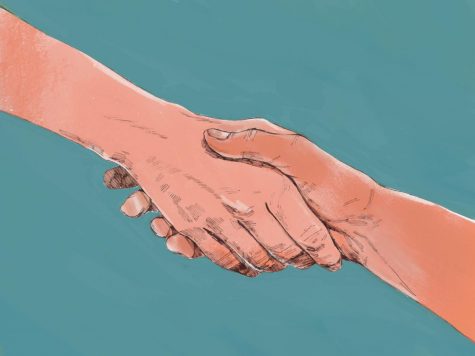
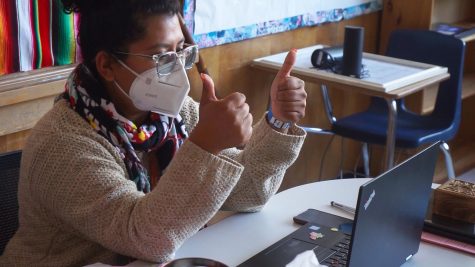

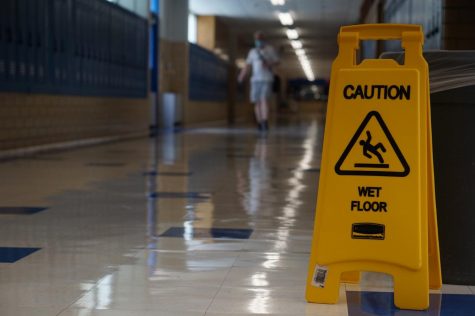

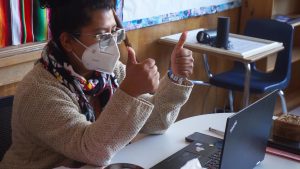

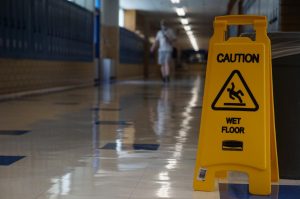
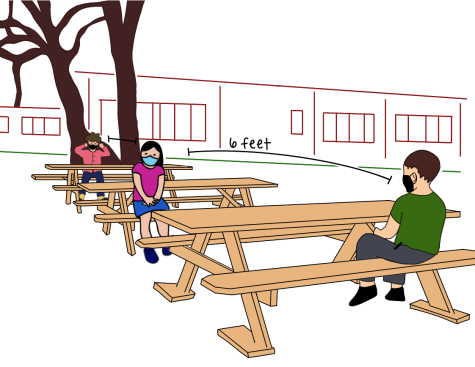
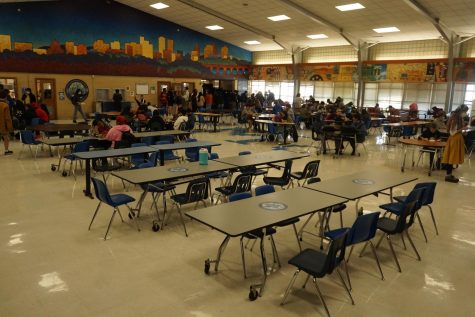
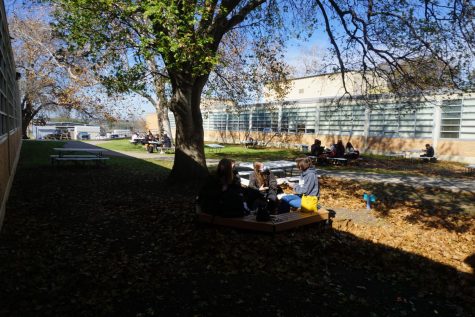
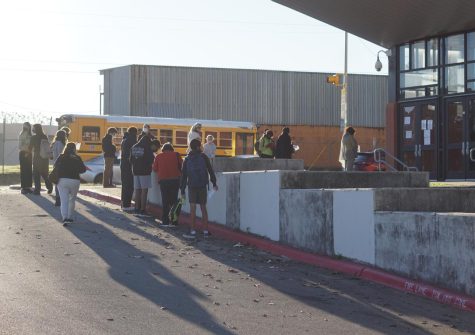
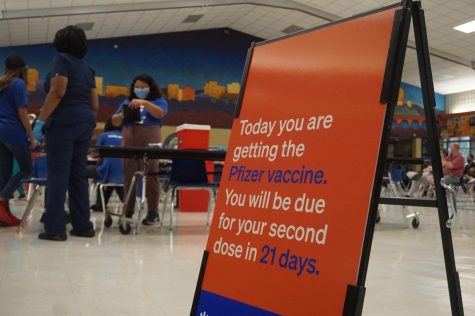
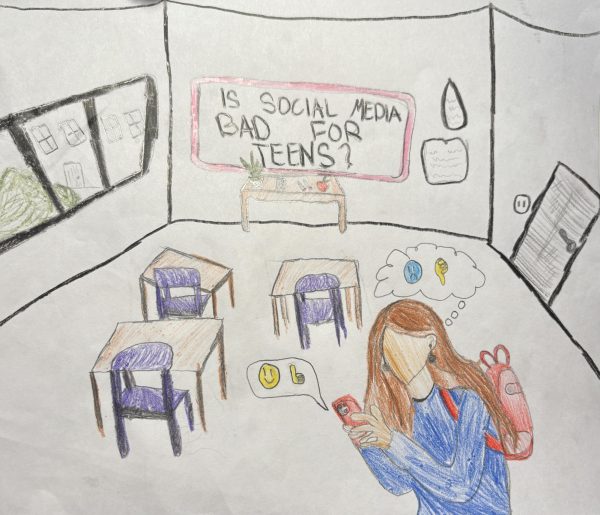

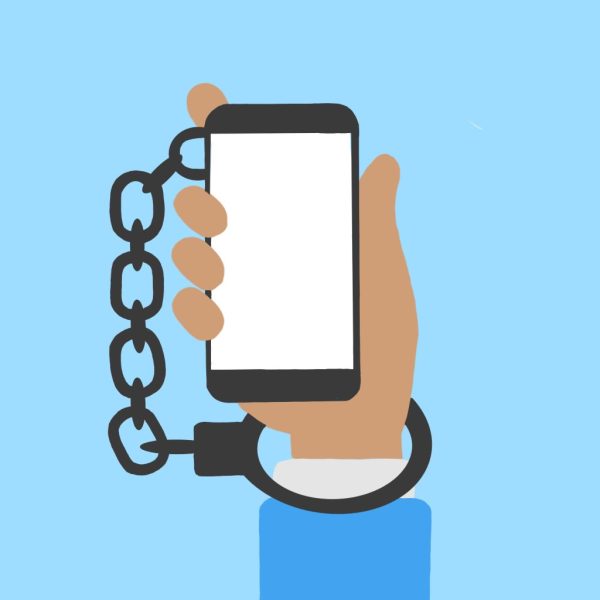

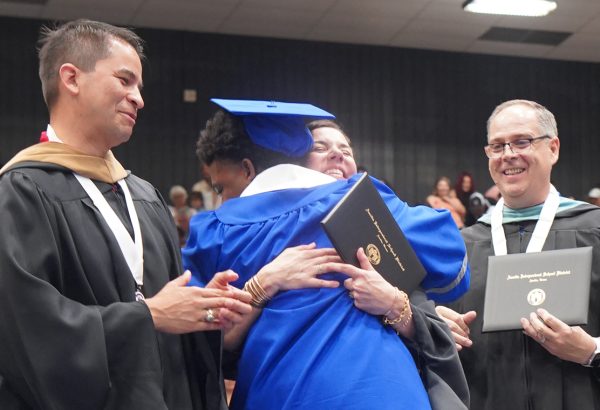



![A crowded scene from Austin City Limits in 2019. This years ACL will most likely look different. Senior Lila Plummer is relieved that mask and vaccine mandates are in place. I got [the tickets] before, but I had the idea that it wasn’t 100% that I would be able to go, especially with the Delta cases being so bad right when I bought them,” Plummer said. “But now with the precautions and cases seeming to get a little bit better, I do feel more comfortable and happy about that, because I worried I was gonna have to sell them.”](https://macshieldonline.com/wp-content/uploads/2021/10/acl-475x390.jpg)


Autry Guequierre • Mar 31, 2021 at 9:59 pm
I really enjoyed reading your piece, it gave me a whole new perspective. It also motivated me to be more active in class. I feel for the teachers, this must be really rough.
Ariana Mendez • Mar 6, 2021 at 8:55 pm
Thank you for this amazing piece. I wholeheartedly agree with you. I am going to be honest, I do not turn my camera on unless my teacher instructs us to. I do not feel as though it is because of students being afraid of being the only ones with their cameras on. For me, I feel awkward with people being able to see my room. I see my room as my private space, safe space as you will, so I do not feel comfortable with people I am not familiar with seeing my room. I do not have a choice to not be in my room because my family is working or going to school from home. There is no other room I can use. I hope this makes sense. Again, I love this piece. It gives me a new perspective.
Lanie Sepehri • Mar 5, 2021 at 5:55 pm
I always feel so bad for my teachers when no one has their cameras on. I always try to have mine on, but some days, like you said, it’s hard or you’re just not in the mood. But I think there’s an added sense of community (as you mentioned) when multiple people have their cameras on. It’s very isolating when you can’t see anyone’s face!
Salomé Casey • Feb 25, 2021 at 2:53 pm
I agree. I feel like if the school made it mandatory, no one would enjoy class. We have a natural rebellious characteristic. Sometimes I’m the only one who turns on my camera too, and it’s not the best of feelings. Other times though, I feel like zoning out, or I need a moment of privacy to mentally relax. I can assure everyone, I’ve never thought negatively of someone with their camera on. It’s quite the opposite, actually! I’ve set some goals to become friends with some people because of that!
Liam • Feb 24, 2021 at 2:58 pm
Thank you for this it helps me to turn my camera on and be IN class. My photography teacher was the one that gave the class the link and I’m so glad she did (you might know her, Ms. Baldwin?)
Diana Adamson • Feb 13, 2021 at 7:39 pm
Thank you for this. I agree 100% with you, and I promise there are days that if I were not the teacher, I may want to turn my camera off, too.
I do respect each and every one of my students and their right to the privacy that Zoom affords. However, it would sure be awesome to see some of the students that I have still never seen. I miss you all.